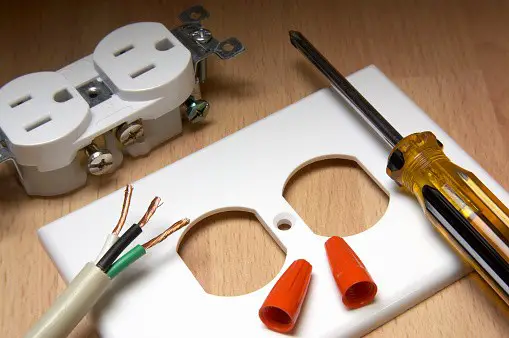Don’t let voltage drop get your system down, Electrical copper wire current, Property electrics advice
Don’t Let Voltage Drop Get Your System Down
24 October 2022
Copper wires hold a modest grade of resistance despite being incredible conductors. As per Ohm’s Law, voltage is equal to the current amplified by the resistance. As a result, a voltage drop occurs when a nominal voltage is passed over in the cables when current runs via the electrical system.
Acceptable Voltage Drop
The gadgets in a system determine how much voltage loss is tolerable. Only a few appliances are incredibly forgiving and retain a broad span of functioning voltages. To discover the precise voltage needs, it is best to check the device user guides.
System protection and avoiding a fire are more important than the possibility that the appliances might not function. Slight voltage loss would not demonstrate a fire risk. Fewer than 5% of the source’s voltage should be lost at the farthest gadget, according to the National Electric Code (NEC).
Calculating Voltage Drop
It is extremely difficult to determine the precise voltage drop in an electrical outline. It relies on the cable’s resistance, which varies with wire length, temperature, load, and current running through the system. Nevertheless, it is relatively easy to acquire an accurate estimate in virtually all instances.
Utilizing a dependable voltage drop calculator is among the simplest ways to determine the decline in voltage. You can add information related to the wire size, the material of the cable, the kind of current, cable length, and load current into these calculators. They advise you of the amount of voltage that will be lost after you have entered all the required details.
How To Lessen Voltage Drop Issues
You can use the following methods, which will help in reducing voltage drop issues.
-
Boost The Size Or The Number Of Conductors
Compared to the least-sized conductors required by the code, parallel or larger conductors retain less resistance for each unit length, lessening voltage drop and boosting energy efficiency with fewer losses. In one-stage branch circuit applications, establish a distinct, whole-sized neutral conductor for every grade conductor to prevent an excessive neutral-to-ground decline in voltage.
-
Lessening Conductor Length
Lessened conductor length lowers conductor resistance, which lessens voltage loss. Circuit lengths are typically predetermined. However, if panels or sub-panels are placed nearly to the loads, particularly for vulnerable electronic gear, it is possible to apply control during the design phase.
-
Diminishing The Circuit’s Load Current
The load current on a circuit can be decreased by restricting the quantity of gear that can be attached to it. A maximum of three to six outlets should only be included for one branch circuit.
-
Reducing Conductor Temperature
As heavy load circuits might function hotter, all of the three criteria mentioned above will have an impact on the conductor temperature. T1 is frequently referred to as being at 75 degrees Celsius.
Conclusion
The conductor’s resistance and the amount of current flow directly affect a circuit’s voltage drop. A conductor’s resistance rises as its length gains, resulting in an expansion of voltage drop. The conductor voltage drop rises as the current gains. Therefore, voltage drops during long runs frequently go above NEC guidelines.
Comments on this Don’t let voltage drop get your system down article are welcome.
Electrical Articles
Electrical / Electronics Posts
Electrical Emergency in Your Home
3 awesome things a smart plug can do
Everything about an EICR Certificate
5 signs your home electrical wiring needs an update

photo Courtesy of Pixabay.com
Understand About Home Electronics
Buildings
Residential Architecture – construction resource selection:
Comments / photos for the Don’t let voltage drop get your system down page welcome







